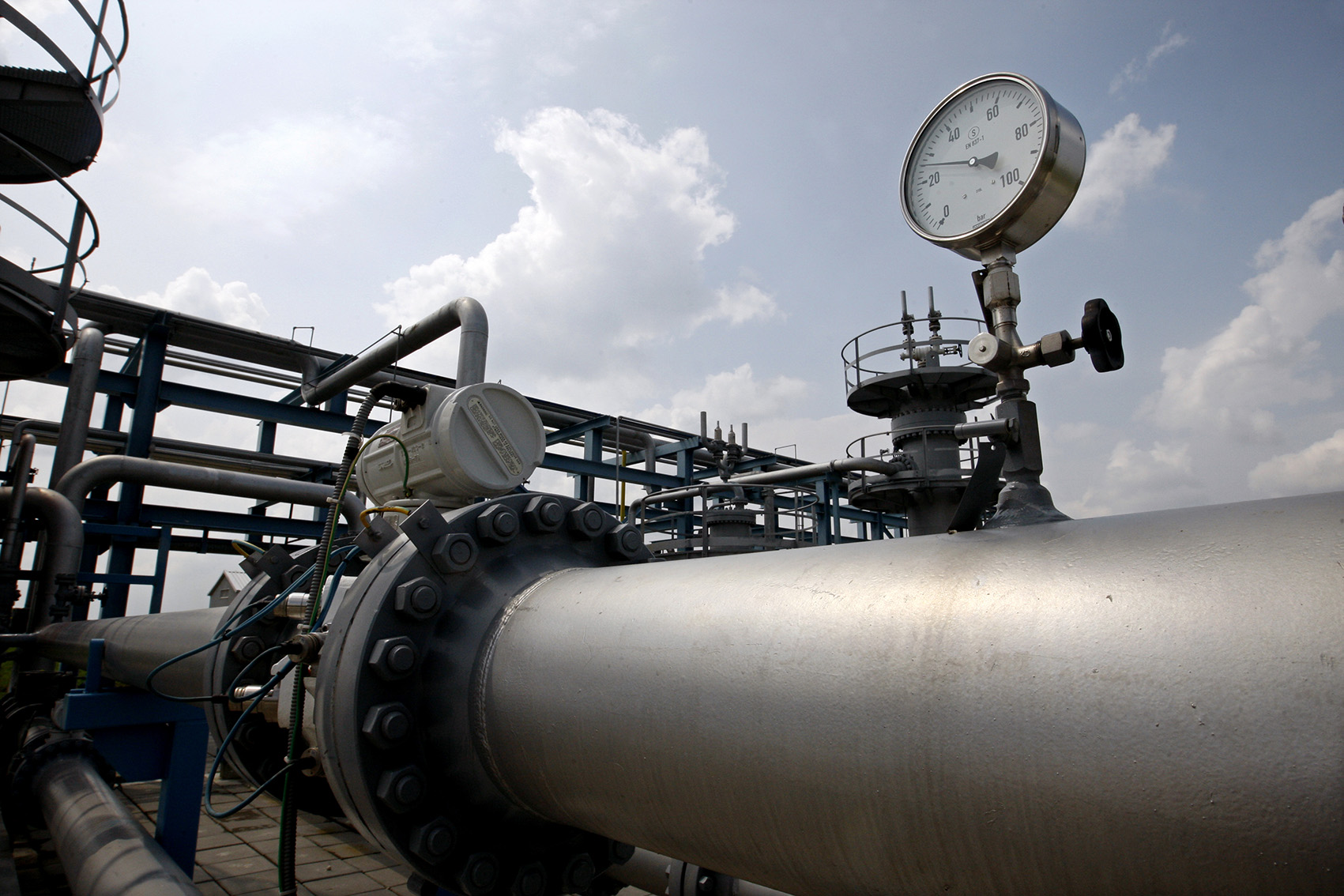Exporting natural gas to Europe is more lucrative than selling it to neighboring states, yet measures need to be taken to tackle its potential challenges.
Hamidreza Araqi, managing director of National Iranian Gas Company, made the statement on the sidelines of a press conference in Tehran on Monday, Shana reported.
Pointing to serious obstacles to launch the venture, Araqi said, "Turkey is a preferred route to transfer the country's gas to Europe. However, negotiations with Turkish officials have not come to fruition, as they want to purchase our gas and export it to their intended destinations."
This is while, according to the official, Iran wants to use the neighboring country as a gateway to Europe and it is willing to cover all transit costs.
Referring to hurdles concerning financial and operational feasibility, Araqi noted that laying thousands of kilometers of gas pipeline to Europe is not economically viable.
"NIGC is enthusiastic about exporting the strategic commodity to far-flung destinations, yet it is not a top priority," he said.
All of Iran’s gas export of about 40 million cubic meters per day flows through pipelines, mainly to Turkey and Iraq. This is dwarfed by its production that stands at around 880 mcm/d, most of which meet the increasing domestic demand.
The official added that gas export through pipelines will be cheaper but it comes with political considerations, while liquefied natural gas allows Iran to transport it anywhere in the world without any political concerns.
Iran is pushing ahead with plans to build several LNG production and export facilities, namely Iran LNG at Tombak Port near Asalouyeh, and once the infrastructure becomes operational, the country hopes to export 5-10 million tons of LNG to Europe.
Officials have for years promoted the idea of laying and extending a gas pipeline through Azerbaijan or Armenia in the northwest through Europe, but the scheme has not taken off due to financial reasons as well as complications of bringing together several nations to execute a multibillion-dollar joint venture.
Substantial Growth
According to Araqi, power plants were provided with just 35 billion cubic meters of gas per annum in 2013. The figure rose to 50 and 57 bcm in 2014 and 2015 respectively.
Highlighting the substantial growth in supply in the following years, he said, "The amount of gas delivered to power stations between March 2017 and March 2018 will exceed 67 bcm.
In short, liquid fuel, namely diesel and mazut, accounts for less than 10 bcm of the total consumption.
Commenting on gas storage facilities, Araqi added, "Natural gas is normally stored in Sarajeh and Shourijeh facilities in Qom and Khorasan Razavi provinces, yet plans are underway to add five more storage units to secure gas supply stability, especially during the cold season."
Approximately 4 billion cubic meters of gas have been stored in Sarajeh and Shourijeh facilities, of which 21 million cubic meters were injected into the national grid in the last 10 days.
According to Oil Ministry's data, close to 550 mcm per day of gas are currently extracted from the giant South Pars Gas Field in the Persian Gulf. The country's daily consumption is estimated to stand at 450 mcm on average.


